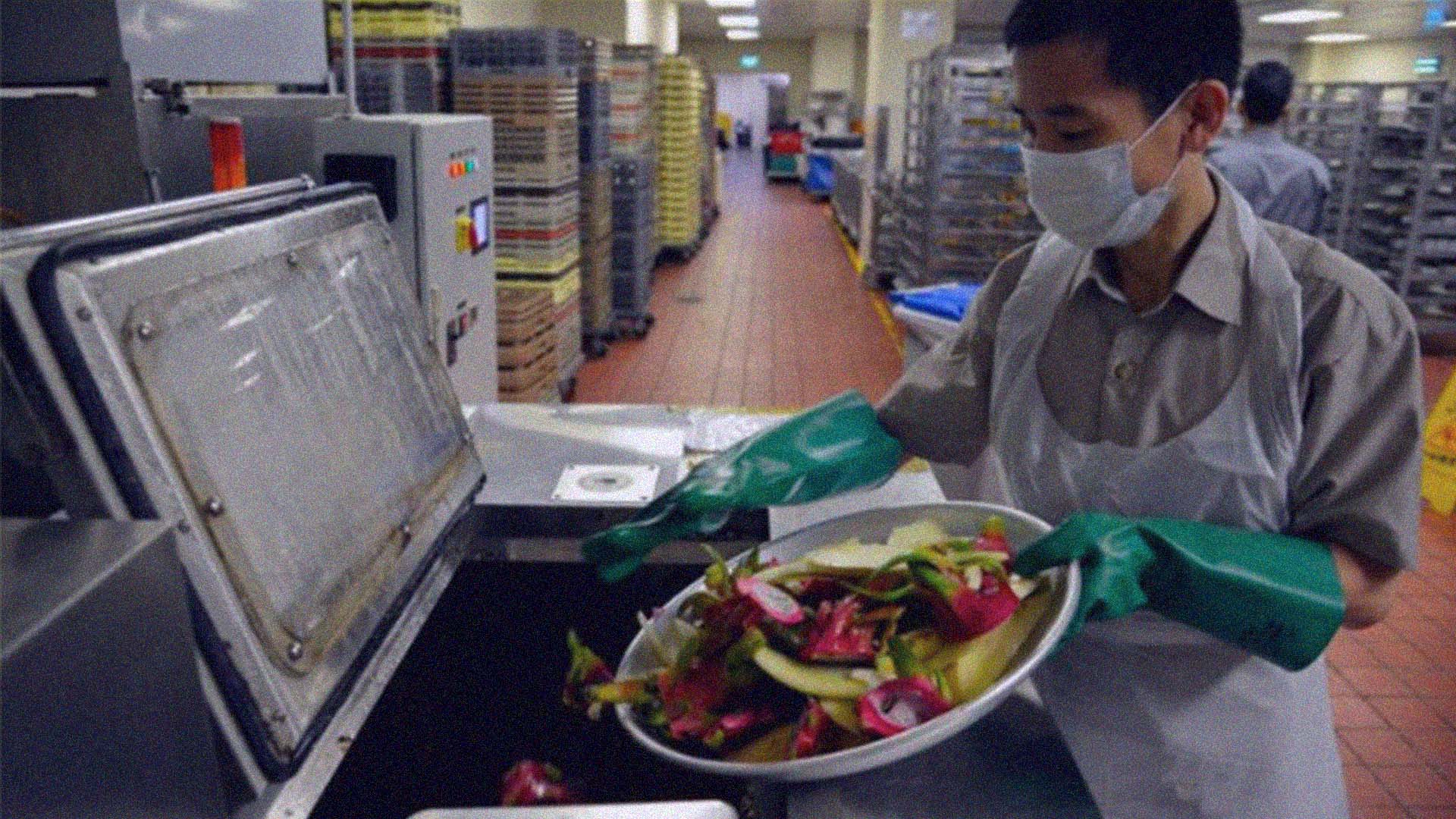Week 1

Introduction
As someone that refrains from eating a lot to prevent an afternoon slump at work, I end up wasting parts of my rice, yes, I feel immense guilt on my part. Somedays, I bring a spare container to keep my leftovers at work to bring back home, but some days,
But these instances of food wastage vary depending on the food space where food is consumed:
→ In more pricier resturants, it is subjective to whether a person expresses their need for lesser food portions or takes home what they can’t finish.
→ In fast-food restaurants where packaging is more “take-away” friendly, we are easily able to bring home a paper bottle drink compared to a glass of liquid in a sophisticated restaurant. Why is that so? Could I design dine-in experiences that are “take-away-able”?
Observing Food Habits 1.1
Inspired by a reading: "Japanese Mothers and Obentōs: The Lunch-Box as Ideological State Apparatus" It states how institutions like schools cultivate the idea of healthy eating practices, where in Japanese households, Japanese Mother create obento set lunches that are typically made with a variety of ingredients, all-rounded in nutrition for their kids and is often eaten together with other children in schools, cultivating healthy eating habits that are also taught by school teachers in Japan. This could be one way of a targeted approach to influencing and inspiring young individuals to make good food choices and educating them in schools.
Possible Fieldwork & Research
> Abundance of food options
> Immersive dining experiences
Questions to help me navigate my topic
The lighted LED display?
The typography, the interactivity?
The UI/UX design of touch-screen ordering monitor displays at Hawker centres/Kopitiams?
Why do people still waste food despite the improved technology of convenience and overabundance of food options?
Can experiential design tackle the afterthought of food consumption in eating spaces?
What role can new technologies today aid the problem of food scarcity?
Lack of food security with 90% food supply imports
On a macro level, it’s sad to see that even as a student myself, I bare the effects of this as well. Where buying myself the regular order of 1 meat and 1 vegetable at a neighbourhood cai fan stall suddenly costs $4.20 instead of the previously priced $3.50..
Semakau Landfill running out of space
Trends in People adopting food sustainable practices
Week 1 Presentation →
to spur inspiration & outcomes






